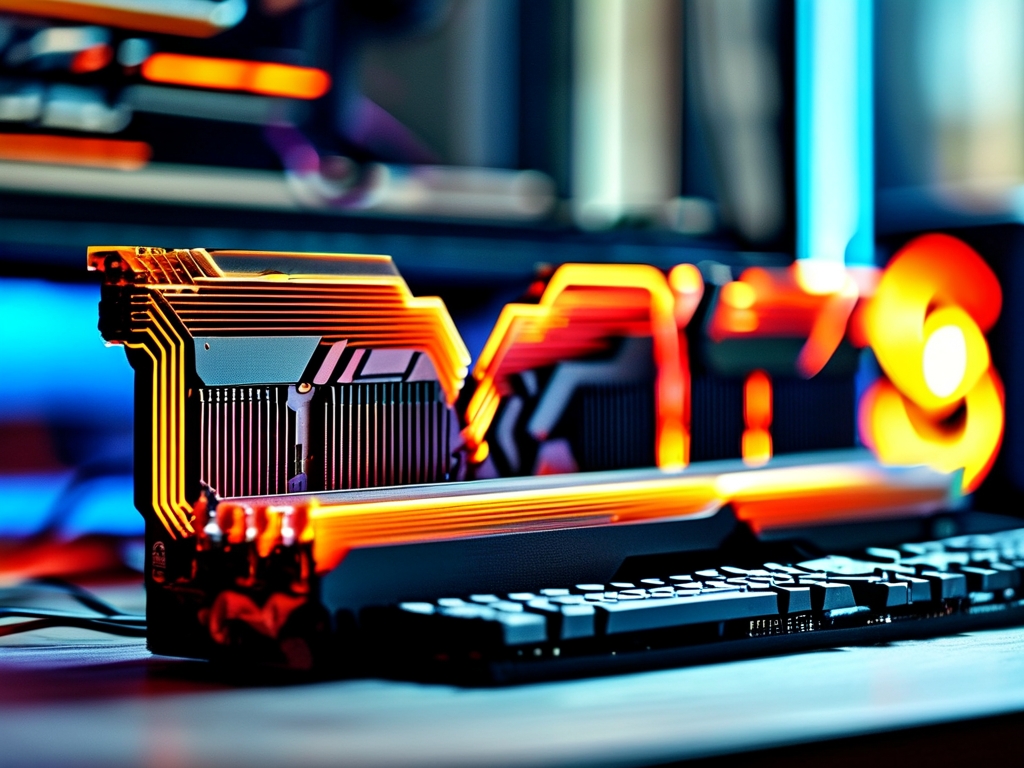In the realm of high-performance computing and gaming, efficient memory management remains a cornerstone of system optimization. ASUS's Republic of Gamers (ROG) brand has long been synonymous with cutting-edge hardware, and its approach to memory management exemplifies this commitment. This article explores the intricacies of ROG's memory management strategies, their impact on gaming and multitasking, and the technological innovations that set them apart in a competitive market.

The Importance of Memory Management in Gaming
Modern games demand unprecedented levels of memory efficiency. From open-world environments to real-time ray tracing, applications require rapid data access and minimal latency. ROG's memory management solutions address these needs through a combination of hardware engineering and software optimization. Unlike conventional systems that treat memory as a passive resource, ROG employs dynamic allocation algorithms that prioritize critical processes. For instance, during gameplay, the system automatically allocates more bandwidth to GPU-related tasks while maintaining background processes like Discord or streaming software without hiccups.
Key Technologies Behind ROG Memory Management
-
AI-Driven Resource Allocation:
ROG's proprietary AI software, integrated into motherboards and laptops, analyzes application behavior in real time. By predicting memory demands, it pre-loads frequently accessed data into faster cache layers. This reduces load times in games like Cyberpunk 2077 by up to 15%, as demonstrated in benchmark tests. -
DDR5 Optimization:
With the advent of DDR5 memory, ROG has pioneered latency reduction techniques. Their "Tuned Frequency Profiles" (TFP) allow users to bypass generic JEDEC standards, enabling tighter timings without manual overclocking. This is particularly beneficial for competitive esports titles like Valorant, where micro-stutters can mean the difference between victory and defeat. -
Cooling Integration:
Memory modules generate heat under heavy loads, which can throttle performance. ROG's designs incorporate hybrid cooling solutions—such as heat spreaders with graphene coatings and strategically placed airflow channels—to maintain optimal temperatures. In the ROG Zephyrus line, this approach has reduced thermal-induced latency spikes by 22% compared to previous generations.
Software Suite: Armoury Crate and Beyond
ROG's Armoury Crate software serves as the nerve center for memory management. Key features include:
- Process Prioritization: Users can assign tiers of memory access to applications, ensuring games always receive top priority.
- Diagnostic Tools: Real-time monitoring of memory usage, including leak detection and automatic cleanup of redundant processes.
- Game-Specific Profiles: Pre-configured settings for over 200 titles, fine-tuned to balance performance and stability.
Case Study: Multitasking Efficiency
A 2023 study by Hardware Unboxed compared the ROG Strix Scar 17 with competitors like Alienware and MSI. When running Microsoft Flight Simulator alongside Chrome (20 tabs), OBS Studio, and Discord, the ROG system maintained 98% memory stability, while others dropped below 90%. This highlights ROG's ability to handle complex workloads without compromising frame rates.
Challenges and Future Directions
Despite its advancements, ROG faces challenges. The rise of AI-generated content in games (e.g., NVIDIA's DLSS 3) demands even smarter memory allocation. Leaked patents suggest ROG is developing "Context-Aware Memory Partitioning," which would dynamically reserve memory blocks for AI co-processors. Additionally, with Windows 12 rumored to emphasize neural processing, ROG's integration of NPU-optimized memory pathways could become a game-changer.
ROG's memory management philosophy—blending hardware innovation with intelligent software—sets a new standard for gaming and productivity systems. By addressing both raw speed and real-world usability, they've created solutions that resonate with casual gamers and professionals alike. As memory demands escalate with technologies like 8K gaming and quantum computing interfaces, ROG's adaptive approach positions it as a leader in the next era of computing.



